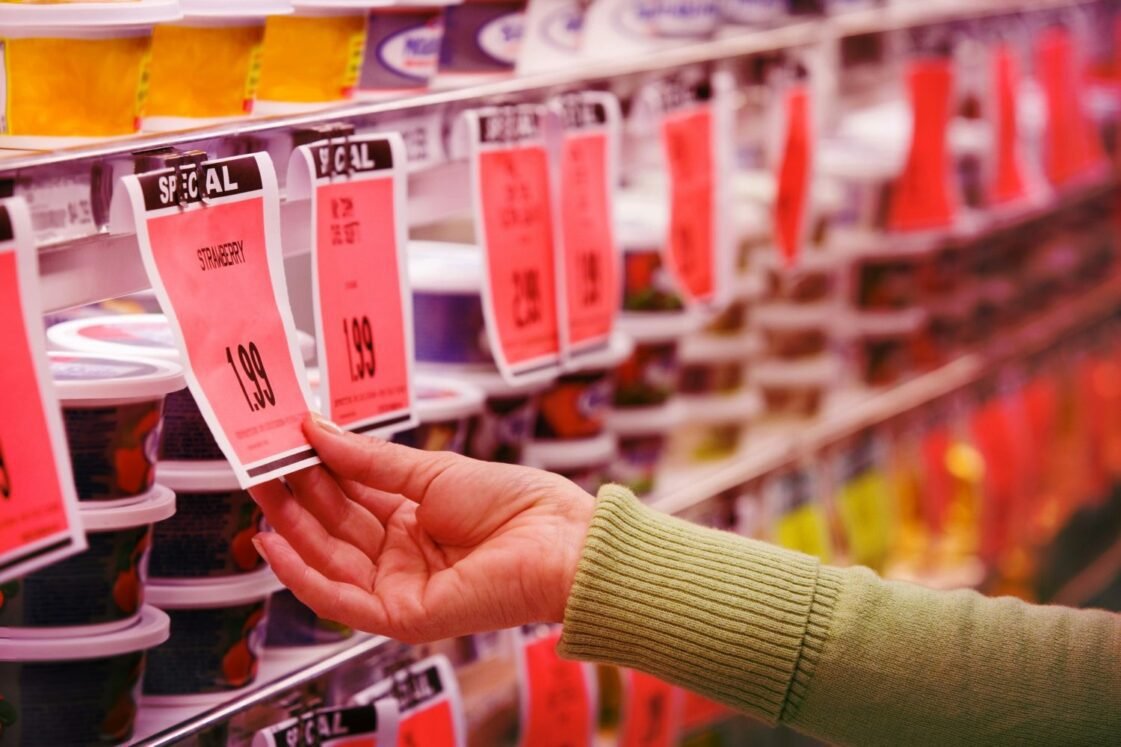Do you Understand Meaning of Pricing Strategy and Price Perception
A company will begins a good pricing with a complete understanding of the value and price of the products or services from the price setting to capture the customers’ perception on value and price. For example, if a customer decides to buy a product but he or she find that the price that set is higher the value which is from a products, this will make the customer making decision that does not buy this product. Definition of Price Perception.
A company can make the decision on pricing based on two types of value basing pricing which are good-value pricing and value-added pricing. A good-value pricing means a company will sets a fair price by offering the right combination of quality and good service. Besides that, value-added pricing means a company will sets the prices based on customers’ perceptions of product value rather than the manufacture’s cost.
The customers’ perception on value and price will set the ceiling of price; costs also will set the floor for the price that a company can set. A company needs to know the costs that spend on products before they can decide the pricing decision by using cost-based pricing. Cost-based pricing is a stage that a company set prices that including the producing expenses, distributing expenses. Selling expenses and the value of return on effort and risk. A company should consider the cost-based pricing as the important stage in pricing strategies. The costs that spend on products can be two forms which are fixed costs and variable costs.
Fixed costs are the costs that do not easily vary with production level while variable costs are the costs that vary directly with the production level. Examples of fixed costs are bills for rent, interest or executive salaries while the examples of variable costs are bills of electricity, packaging expenses and so on. The company must calculate the costs of products carefully. Role of Price Perception in Consumer Buying Process.
If the company costs are higher than other competitor’s costs during the producing and selling the products, this will make the company set the higher prices to earn some profits. The effects of charging the higher prices of products, the customers will buy the products from other competitors because the price that offers by the competitor is cheaper than the company. Therefore, a company should consider the customers’ perception on value and prices as important elements because customers can determine company performances.
Consumers’ perceptions of products rely heavily on the pricing strategy that is chosen by the marketing manager. Price will impact not only consumer perception but also profit and speed of product adoption.
Cheap or a Good Deal?
It is Valentine’s Day, and you are waiting to unwrap a gift from your significant other. The box is opened to reveal a beautiful gold necklace, that you can’t wait to wear. A week later, you stumble upon the receipt for the necklace and find out it only cost $99. The beautiful gold necklace that you once loved now seems cheap and ugly. Why? The price has altered your perception of the necklace.
Marketing managers must be careful of the pricing strategy they use to sell their products and services. Consumers’ perceptions of products, and services are drastically affected by different pricing strategies. For example, the staff of the local business called Heart Attack on a Plate Bakery is revamping their products’ prices. They are researching the best pricing strategy to implement for all of their baked goods. They want their prices to reflect a premium image but not be so costly that their consumers perceive their products as unaffordable.
Pricing Strategy: Everyday Low Price
One of the most popular pricing strategies in marketing is EDLP (everyday low price). The theory behind using this pricing strategy is that it provides value to the consumer by eliminating. The need to search for better deals elsewhere. It helps the retailer because it offers one price and avoids constant sales, discounts and price changes. Heart Attack on a Plate Bakery does not want to use an EDLP strategy as its products are premium. And area competitors can’t match its quality. Walmart is the leader in EDLP pricing. They stress that the overall price of consumer purchases will be less than the competition.
Most stores that adopt this type of strategy also use odd pricing in order to further increase. Their consumers’ perception of a good pricing deal. For example, if Heart Attack on a Plate was going to use EDLP pricing. Then its cupcakes would be priced at $1.99 each. The thought is that consumers will ignore the 99 cents and view the cupcakes as costing only $1. Sometimes, the use of odd pricing can backfire and cause the consumer to perceive the product as cheap. For example, if a bride wanted to order a wedding cake from the bakery. And was quote a price of $99.99, there could be a negative price connotation or a lower-quality image.
Pricing Strategy: High/Low Pricing
Another pricing strategy that firms can use is called high/low. In this instance, the retailer depends on promotions and sales to temporarily reduce prices. This type of pricing strategy allows consumers to perceive that they’re getting a deal during a sale. It also allows another segment of consumers who are not price-sensitive to pay full price. Which in turn brings in more profits for the company.
A high/low strategy also makes the consumer perceive excitement. Or that a deadline exists for getting the sale price during a limited-time period. A retailer does provide a reference point. Which is the price against which buyers compare the sales price of the product to the actual price.
For example, Heart Attack on a Plate Bakery creates signs with the original sales price of its cakes. And then slashes through the price with the sales price revealed: ‘Cookies on sale for $7.99 a pound!’ vs. $9.99. The bakery is going to try to use this type of pricing to create excitement for its baked goods. In the past, it has criticized for higher prices. The staff hopes this new pricing strategy will bring in new customers.
New Product Pricing Strategies
There are two additional types of pricing strategies that companies can use to introduce new products. The bakery is introducing a new line of cheesecakes. It can implement a market penetration or price skimming strategy for the cheesecake line. A market penetration strategy is setting an introductory price low to build sales, market share and profits quickly. For example, the bakery could offer its cheesecakes for a low price of $9.99 to gain customer purchases immediately. As time passes, the bakery could increase the price in small increments, if needed, to secure more profits.
The bakery could also use price skimming as the pricing strategy for its cheesecake line. This strategy appeals to customers who are willing to pay. A premium price for the chance to try the product first. The bakery could price the cheesecakes at $19.99, and describe the rich. Imported ingredients that are used to justify the higher price. In the end, the bakery has decided to pursue a market penetration strategy because it wants a large sales volume. The bakery will offer the cheesecakes at a low price of $9.99.
Pricing strategies ultimately affect consumers’ perceptions of products and services. Marketing managers must take into consideration the type of product, profit and consumer perception that will fuel sales. High/low, EDLP, penetration or skimming all offer marketing managers a choice in how they price their product and produce sales. Heart Attack on a Plate Bakery has decided to pursue a high/low pricing strategy. They want to offer five different bakery products a week on sale to bring in customers. And get them to try a new product. In the end, pricing is the most flexible. Way to alter the 4Ps of the marketing mix (product, price, promotion and place). Pricing can and will adjusted throughout. The life cycle of any product in order to react to the environmental changes and consumer demands.









